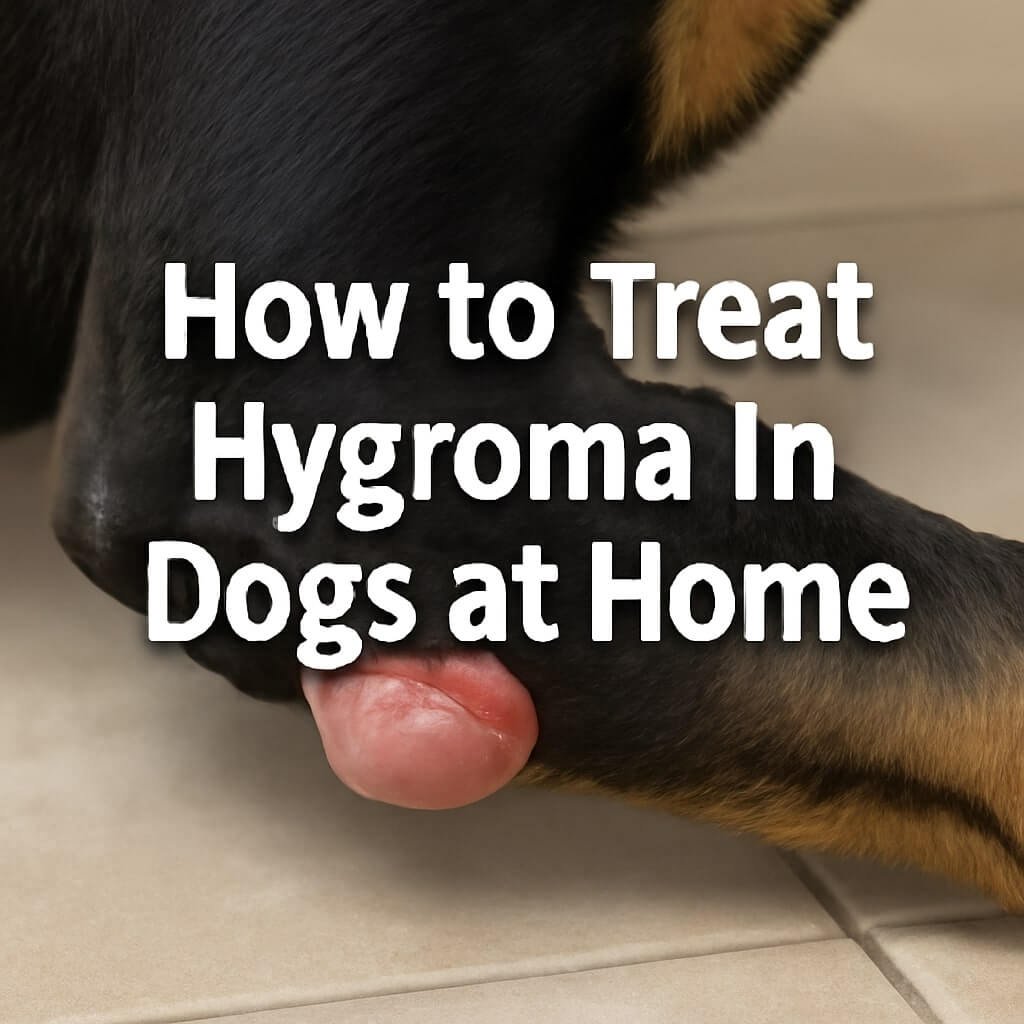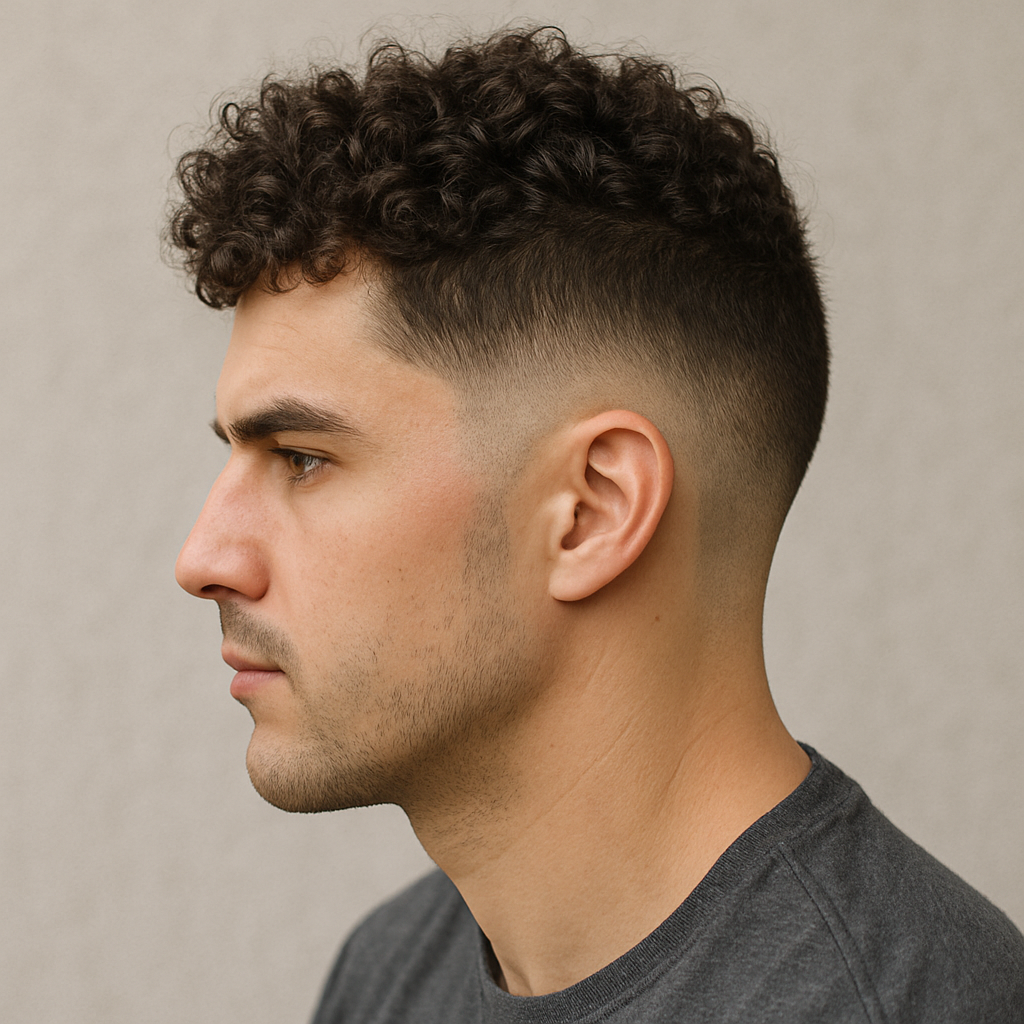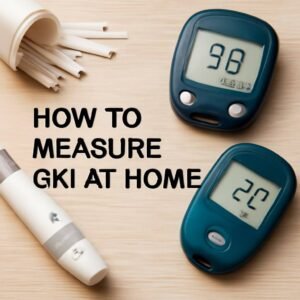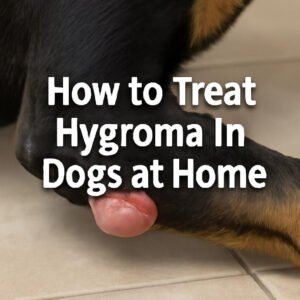If you’re a dog owner, you might have come across or heard of hygromas in dogs—those soft, fluid-filled lumps that commonly form over bony prominences like elbows. Learning how to treat hygroma in dogs at home can save your furry friend discomfort and prevent complications. This ultimate guide provides you with 15 practical tips to manage this condition, along with causes, symptoms, and prevention strategies.
What is a Hygroma in Dogs?
A hygroma is a benign, fluid-filled swelling that forms beneath the skin, typically over bony areas such as the elbows, hocks, or hips. It develops as a response to repeated trauma or pressure, causing a sac-like cavity filled with fluid to build up. Unlike abscesses or tumours, hygromas are not infectious but can become problematic if they rupture or get infected.
These lumps are usually painless, but if left untreated, they can cause discomfort and lead to further complications.
Causes of Hygroma in Dogs
Understanding why hygromas develop is key to managing and preventing them. Several factors contribute to their formation:
Pressure and Trauma
Dogs that lie on hard surfaces for long periods are prone to constant pressure on their joints. This repeated pressure causes the skin to thicken and a fluid-filled sac to form underneath to cushion the area. Over time, this results in a hygroma.
Breed Predispositions
Certain dog breeds are more susceptible to hygromas due to their body structure or lifestyle. Large breeds like Great Danes, Dobermans, and German Shepherds often develop hygromas because their joints bear more weight and pressure.
Symptoms and Signs of Hygroma
Detecting a hygroma early can make treatment easier. Look out for the following:
Physical Appearance
You might notice a soft, round lump on your dog’s elbow or other joints. It feels like a fluid-filled bubble beneath the skin and may vary in size from a pea to a golf ball.
Behavior Changes
Although usually painless, some dogs may become uncomfortable and reluctant to lie down on hard surfaces. They may lick or nibble at the lump, indicating irritation or discomfort.
When to Seek Veterinary Care
While many hygromas can be treated at home, certain signs mean you should visit the vet:
- The lump is growing rapidly or hardening.
- The hygroma breaks open or shows signs of infection like redness, discharge, or foul odor.
- Your dog is limping or showing signs of severe pain.
- There is swelling spreading beyond the lump.
How to Treat Hygroma in Dogs at Home
Now that you understand the basics, here’s a step-by-step guide on how to treat hygroma in dogs at home safely:
Cushioning and Padding
The first and most effective way to reduce pressure is to provide soft padding. Use foam or gel elbow pads designed for dogs, or make your own with thick blankets or towels. This cushioning protects the joint and encourages healing.
Cleaning and Hygiene
If the hygroma has opened, clean the area gently with warm water and mild antiseptic to prevent infection. Avoid harsh chemicals, and keep the area dry afterwards.
Using Anti-Inflammatory Remedies
Natural remedies like turmeric or coconut oil can provide mild anti-inflammatory benefits. Over-the-counter topical creams designed for pets may also help reduce swelling and discomfort. Always consult your vet before applying any medication.
Bandaging Techniques
Properly applied bandages can protect the hygroma from further trauma. Use soft, breathable materials and avoid wrapping too tightly to maintain circulation.
Common Mistakes to Avoid in Home Treatment
While caring for your dog, watch out for these common errors:
- Using hard or abrasive materials that worsen the pressure.
- Ignoring signs of infection or rupture.
- Over-tightening bandages.
- Applying human medications without veterinary guidance.
Preventing Hygromas in Dogs
Prevention is better than a cure! Here’s how to help your dog avoid developing hygromas:
Providing Soft Bedding
Ensure your dog has access to cushioned, soft surfaces for resting. Memory foam beds or padded mats work well, especially for larger breeds.
Regular Monitoring and Care
Inspect your dog’s elbows and joints regularly. Early detection of lumps can help you intervene promptly.
Veterinary Treatments for Hygroma
Sometimes, home treatment isn’t enough. Here are common veterinary options:
Aspiration and Drainage
If the hygroma is large, vets may drain the fluid using a sterile needle. This provides relief but usually requires follow-up care to prevent recurrence.
Surgical Intervention
In severe or infected cases, surgery to remove the hygroma may be necessary. Post-surgical care includes bandaging and medications.
Use of Medication
Veterinarians may prescribe antibiotics if infection is present, or anti-inflammatory drugs to manage pain and swelling.
Prognosis and Long-Term Management
With timely treatment and proper care, most dogs recover fully from hygromas. However, ongoing management includes providing soft resting places and avoiding hard surfaces. Some dogs with recurrent hygromas may require continued veterinary oversight.
Frequently Asked Questions (FAQs)
1. Can hygromas heal on their own?
Mild hygromas may reduce in size with proper cushioning and care, but often require intervention to prevent complications.
2. Are hygromas painful for dogs?
Usually, hygromas are painless unless they rupture or become infected.
3. Can I pop a hygroma myself?
Never try to puncture or drain a hygroma at home—it risks infection and worsens the condition.
4. What is the best bedding for a dog with a hygroma?
Soft, thick beds such as memory foam or orthopedic dog beds reduce pressure on joints.
5. How long does it take for a hygroma to heal?
Healing times vary but generally take weeks to months, depending on size and treatment.
6. Is surgery always necessary for hygromas?
No, surgery is reserved for severe, infected, or persistent cases that don’t respond to conservative care.
Conclusion: Keeping Your Dog Comfortable and Healthy
Knowing how to treat hygroma in dogs at home empowers you to provide immediate relief and prevent future issues. By combining proper cushioning, hygiene, monitoring, and professional care when needed, you can ensure your dog stays comfortable and happy.













